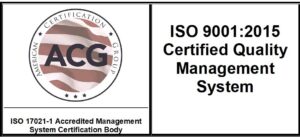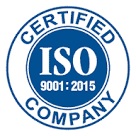Prototype & Production Tooling
The in-house tooling experts at Owings Patterns can design and fabricate machined and cast aluminum molds as well as CNC trim fixtures. Our well-equipped team has the reputation of providing customers with high quality tooling that produces finished products that meet or exceed expectations.
Our staff is proficient on SolidWorks, Key Creator, SurfCam, and Work NC. This gives us the ability to translate the most common CAD file formats for communications and quoting, as well as programming tool building and fixtures. Let us assist you in making your product designs a reality.
Our production mold designs normally consider uniform temperature-control to monitor mold performance as well as challenging geometry which require core-pulls and pre-draw requirements. These features are critical to yield part repeatability and desired wall thickness.
Trimming fixtures are vacuum holding devices with either cast urethane or machined surfaces that match the formed part and hold it in place for repeatable precision trimming and finish.
Assembly fixtures are also designed and fabricated in-house to ensure exacting and efficient location of mating parts.
Foam fixtures are designed for structure as well as foam in place applications. These foam fixture designs range from simple support fixtures, to temperature controlled with core-pull actuation.
Prototyping Your Product
The prototyping process is an essential step in ensuring what the complete part will actually look like. Owings Patterns provides a range of engineering and development services to supplement and ensure the best possible results when developing a prototype.
If you have a product in development and are looking for a contract manufacturing partner to assist in the prototyping process, Owings Pattern can provide prototyping services as part of the design and engineering process. Identifying development challenges before they turn into problems is the ideal scenario. Prototyping offers a low risk, cost-effective way to examine potential difficulties before they even have a chance to develop.
Prototyping Yields Better Development
- Developers have a clear, visual representation to reference without second guessing themselves
- Hurdles are identified early in development rather than later
- Time spent in development is better utilized
- Overall project cost and risk are significantly lowered
Why You Should Prototype Your Product
- Requirements are visually represented instead of abstractly defined on paper
- Trouble spots are discovered and resolved before production development begins
- Prototype revisions are completed in days, compared to weeks
- Perform user testing before committing to production investments
- Get through the development process quicker and more efficiently
- Development estimates are on-target for manufacturability


